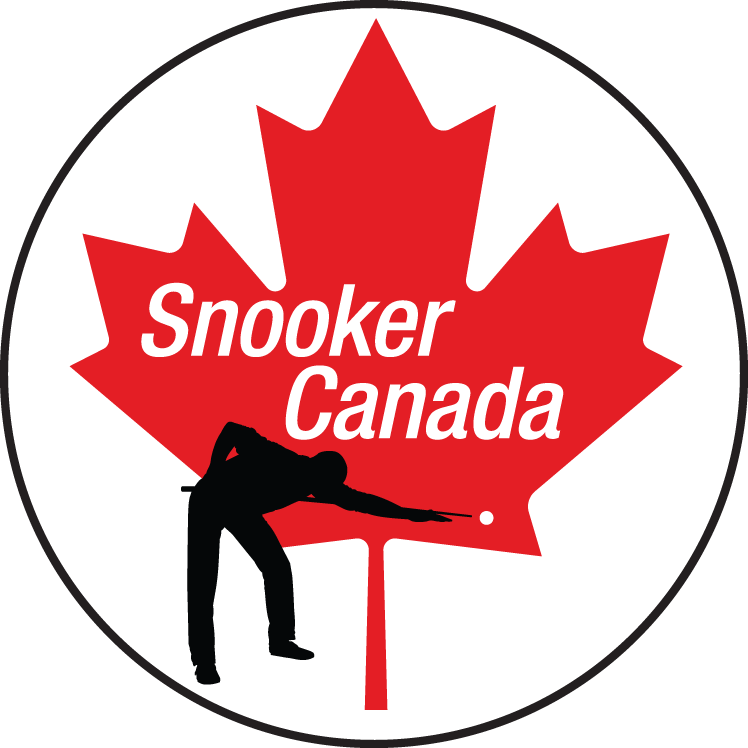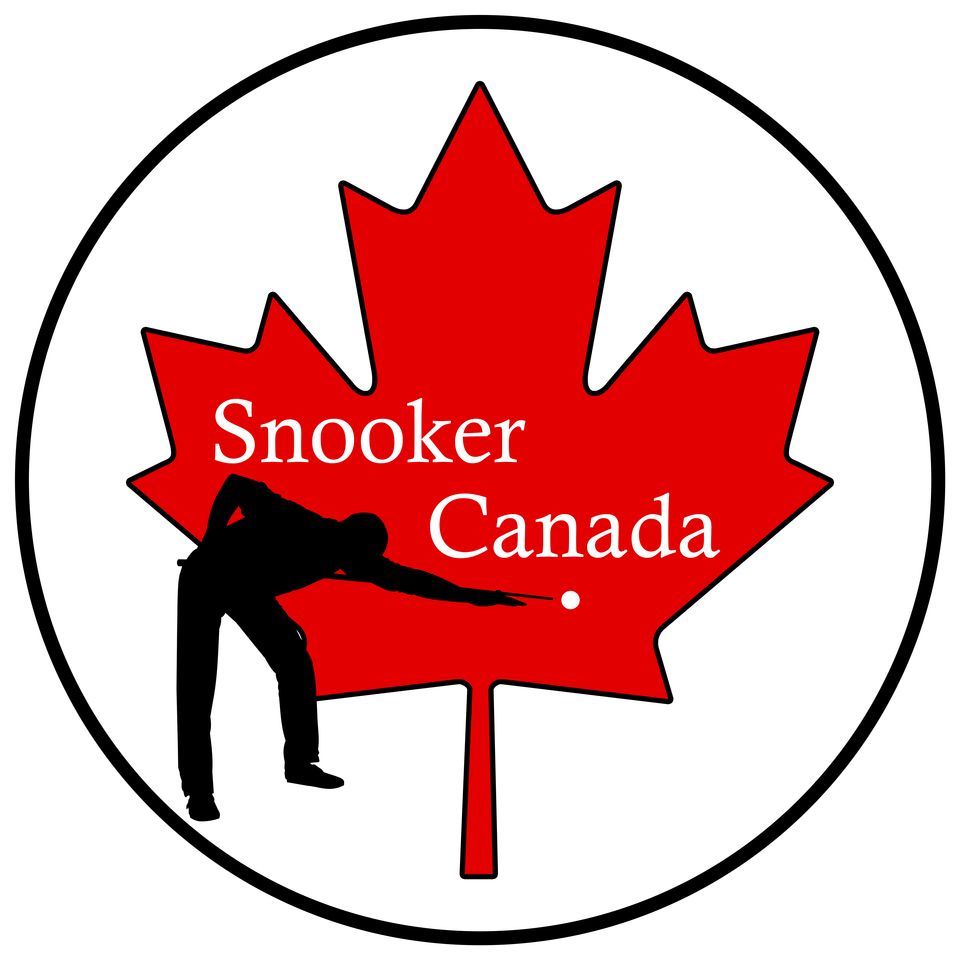Dan Scullion’s – The Grip
The cue grip is the most important of the fundamentals and, fortunately for us, it is the easiest of the fundamentals to master. It is, however, the one fundamental that is overlooked by the beginner and even the good player.
 The cue grip is made as follows. Pick the cue up approximately 2-3 inches from the butt end with four fingers and thumb grip.
The cue grip is made as follows. Pick the cue up approximately 2-3 inches from the butt end with four fingers and thumb grip.
Depending on the length of your arm and the length of the cue that you use, you may want to grip the cue approximately 5–8 inches behind the balance point of your cue rather than 2-3 inches from the butt. Experiment and find what suits you best.
If you hold the cue horizontally you should see the thumb of you cueing hand pointing towards the floor with your four fingers wrapped around the butt of the cue. See photo 2 NB: Some may find it difficult to position their thumb perpendicular to the floor. Try to get as close to the perpendicular as possible.
The pressure of the grip should come from the first two fingers and thumb. The ring and pinky finger should only touch the cue gently and the web between the thumb and first finger must remain in contact with the cue throughout the movement of the cue. The pressure of the grip should only be firm enough to allow you to pick up the cue (imagine the pressure of the grip you would use to pick up a small bird with out hurting or allowing it to fly away, or the pressure required the pick up a Styrofoam cup filled to the brim with your favorite drink without spilling a drop).
When sliding your cue back and forth on your bridge hand makes sure your wrist, fingers and forearm are relaxed and supple. Start your cue movement from the front of your cue hand. If you have gripped the cue correctly you will feel the pressure increase on your forefinger as you move the cue back and decrease on your remaining fingers. As the cue begins to move forward the increase in pressure will be transferred from the front of the grip to the back of the grip. During this sequence you will be tempted to apply pressure from the pinky finger and the ring finger, fight this temptation, pressure must only come from the first two fingers and thumb and the web between the thumb and first finger.
The cue grip is the main contact between you and the cue. It conveys to you the sense of touch that will allow you to play the various shots you will need to play to become a good player.
The main thing in holding the cue is to feel you have complete control of it in relation to the shot you are about to play.
In summary, I have listed below the main points you must remember.
- Pick up the cue 2-3 inches from the butt end, or 5-8 inches behind the balance point of your cue. (These are approximate measurements)
- Grip with thumb and first two fingers.
- The web between your thumb and forefinger must remain in contact with the cue throughout the stroke.
- Thumb pointing toward the floor.
- Ring and pinky finger should only gently touch the cue.
- Cue movement should start at the forefinger of your cue grip.
- Be aware of any tension in the cue grip or cueing arm, this will destroy the sense of touch and feel for the cue.
- The cue must feel like an extension of your cueing arm.


